Scientific name Gynerium Rank Genus | Higher classification Grasses | |
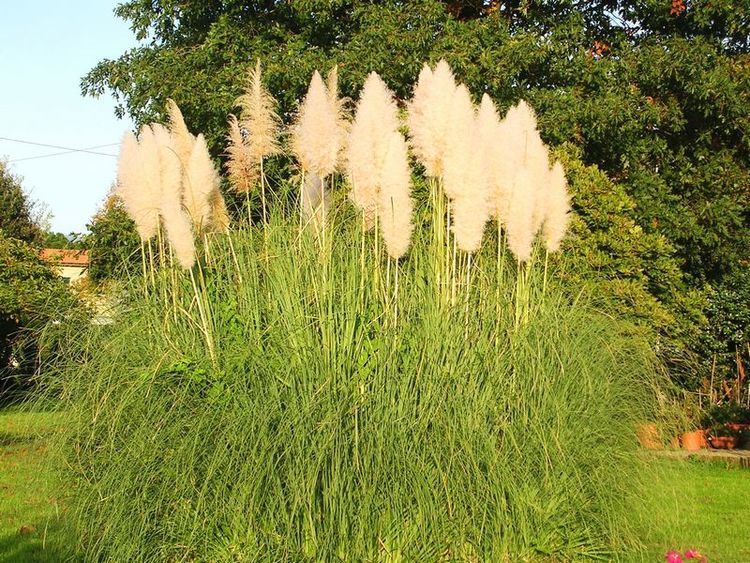 | ||
Tribe GynerieaeSánchez-Ken & L.G. Clark (2001) Similar Gynerium sagittatum, Grasses, Hubbardia, Cortaderia, Streptochaeta | ||
Gynerium is a monotypic genus of Neotropical plants in the grass family, native to Mexico, Central America, South America, and the West Indies. It is classified in its own tribe Gynerieae.
Contents
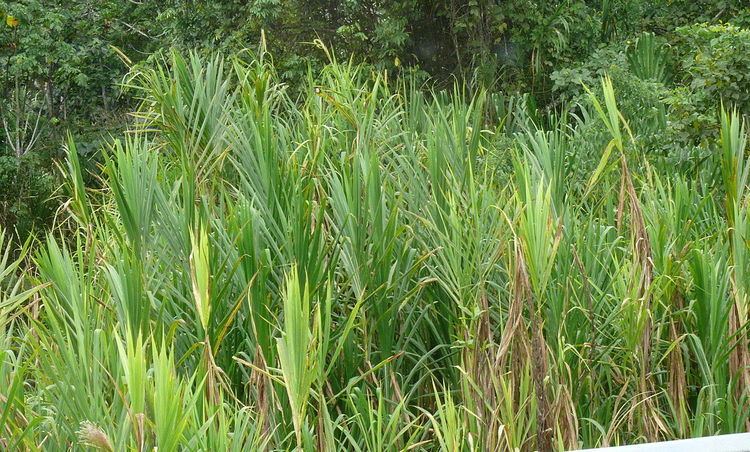
The sole species in the genus is Gynerium sagittatum, a tall grass that grows up to six metres (twenty feet) high. It is a very vigorous species that grows into a considerably dense mass of vegetation. The species is known as "cana-do-rio", "cana-flecha", "cana-frecha", "ubá" and "cana-brava" in Brazil, and "caña brava" in Peru and Colombia, "tañil" in Cahabon, Alta Verapaz, Guatemala and other Spanish speaking countries. It is known in English as "wildcane" or "wild cane", while "arrow cane" is less common (sagitta is Latin for arrow).
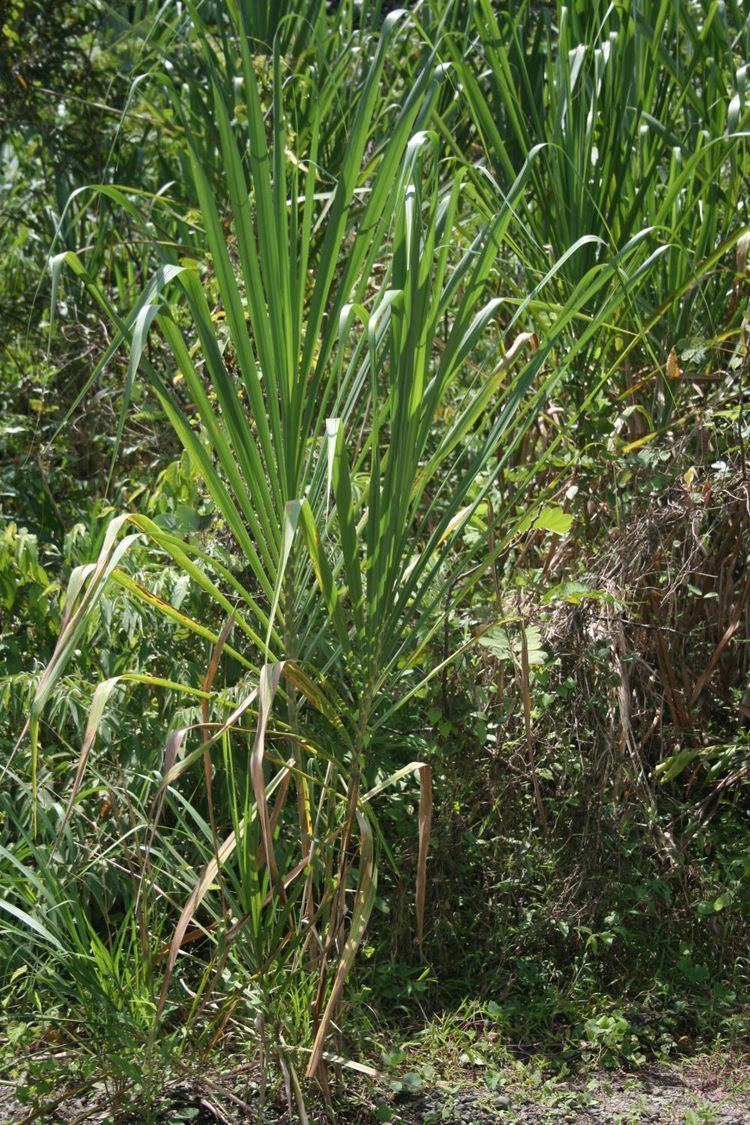
Description
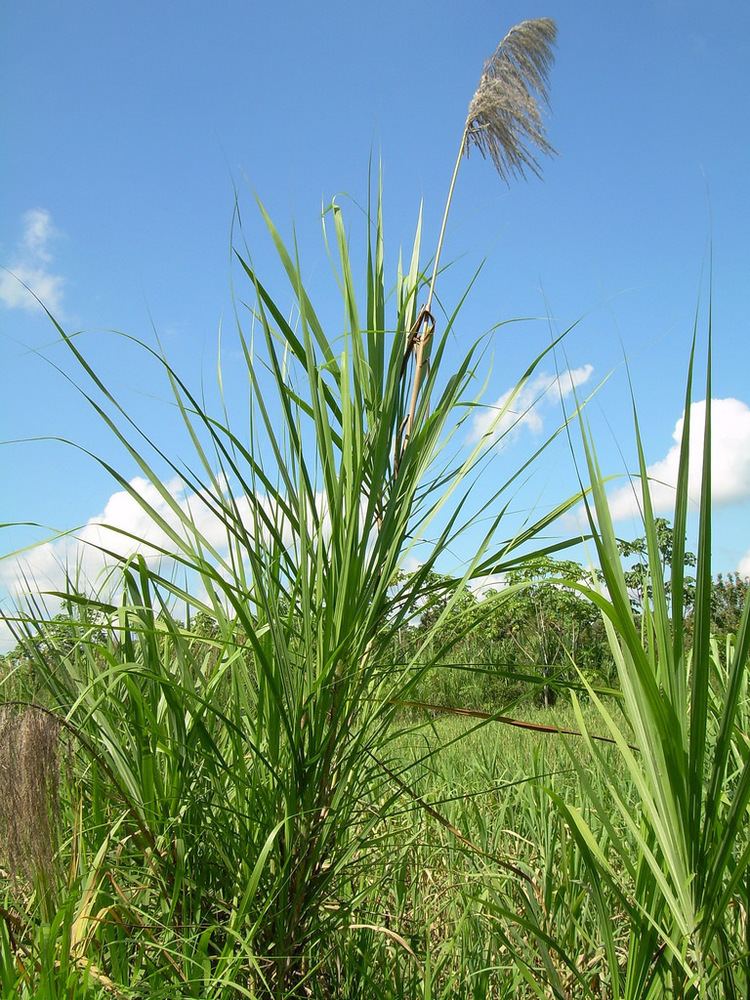
The stems are straight and erect, the lower part is covered with "vainas" from the fallen leaves, while in the middle part the leaves are arranged in fan shaped groups. The upper part, round and thin, stiff on the outside and soft on the inside, develops a large bloom at the top.
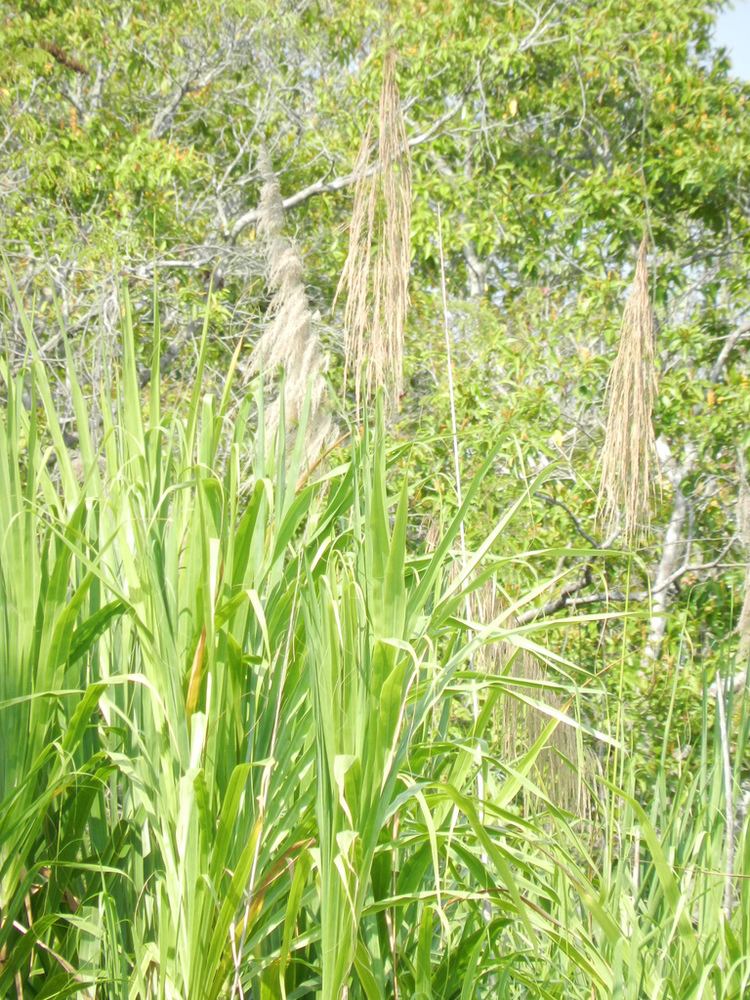
There are many varieties in the plant's stems. The bark zone, which is the main factor in the unusual height, functions as a water distribution system, transporting water from the underground roots to the superior part of the plant including the leaves. This vital function occurs at any season of the year.
Ecology
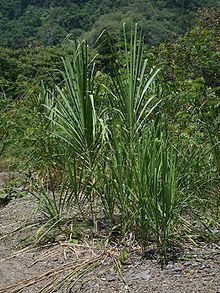
Being one of the first plants to colonise open areas, G. sagittatum is an important pioneer species that reaches new sites via wind-distributed seeds. Once established, it spreads vegetatively, and is found usually near rivers and lakes, and even beaches.
Uses

Diversity
The only known species is Gynerium sagittatum, - widespread from northern Mexico to Paraguay.
Three varieties are recognized:

see Austroderia Cortaderia Chusquea
